Katya Abedian first came to my attention after Rookie Magazine published her work earlier this year. The 18-year-old artist blew me away with her 35mm film imagery that plunged me deep into her dream world. I spoke to her about her new series I still love you when I’m dreaming.
Abedian was born and raised in South Africa and is a self-taught photographer and film director. She grew up encircled by people of diverse backgrounds, cultures and religions. Katya believes that growing up in South Africa has shaped her sensitivity and awareness as an artist.
I still love you when I’m dreaming is a story in which Kim (Kimberley Davidson) and Casey’s (Casey Redlinghys) personalities become characters. Kim is depicted as both strong and gentle, and Casey is shown with warmth and vulnerability in his eyes. The models for this series convey reciprocal and harmonizing feminine and masculine attributes, lying at the heart of Katya’s story.
“I aimed to explore the mutuality of the genders through these images and convey that human emotions are not limited by gender. Both have an equal capacity to feel a spectrum of emotion and both have an equal capacity to support one another in unique and beautiful ways.”
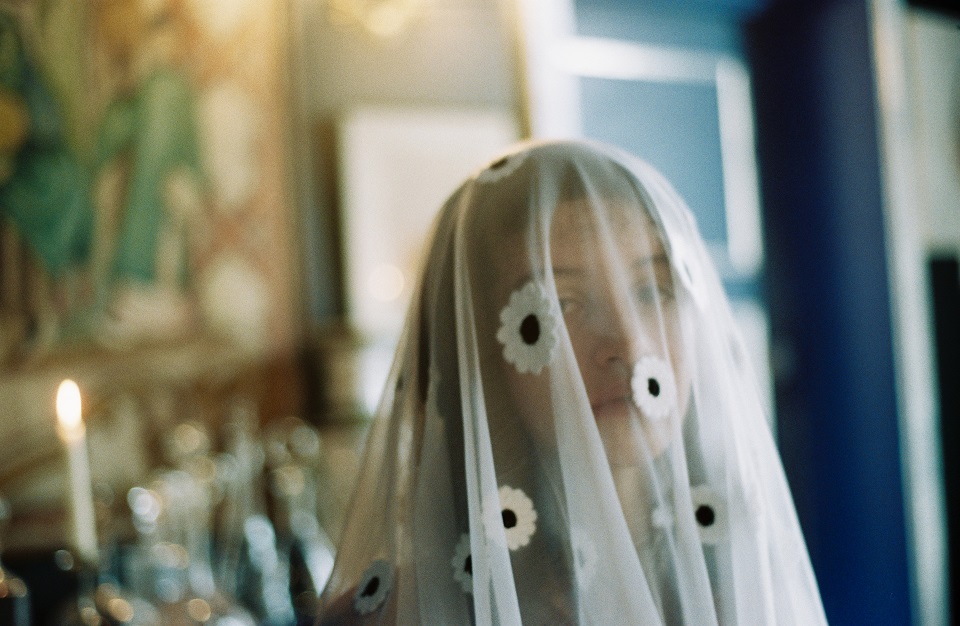
For Abedian dreaming is one of the most alluring planes of worldly existence. She is in awe of this wonderland and how we are able to exist in one world and another simultaneously. “There is so much to discover concerning the relationship between our subconscious and our conscious realities, both spiritually and scientifically.” Her title for this series touches on these feelings and how people’s spiritual characters are a continuum of this when our eyes are open and closed.
Relying completely on natural lighting in her projects, this series was shot in low light which led Abedian to use a very slow shutter speed and high aperture. She was aware that the result would be a blurry-dream, but as analogue imagery can’t be reviewed while it is being photographed, she was not able to predict to what extent that decision would present itself.
“I think there is a quality of out-of-focus imagery that give space for interpretation and imagination. I aimed to create imagery with this story that opens the space between what you are seeing and how it is making you feel. That space is a beautiful one because it surfaces different interpretations and invokes a spectrum of feelings in the human imagination.”
The veil depicted in Abedian’s series is representative of the thin membrane between being awake and dreaming. In her series tulips are featured as well as other flowers styled on Casey’s face. According to Abedian flowers are symbolic in her work in the way that they are a representative of the contrast of fragility and suppleness, faultlessness and the inevitability of death giving birth to life.
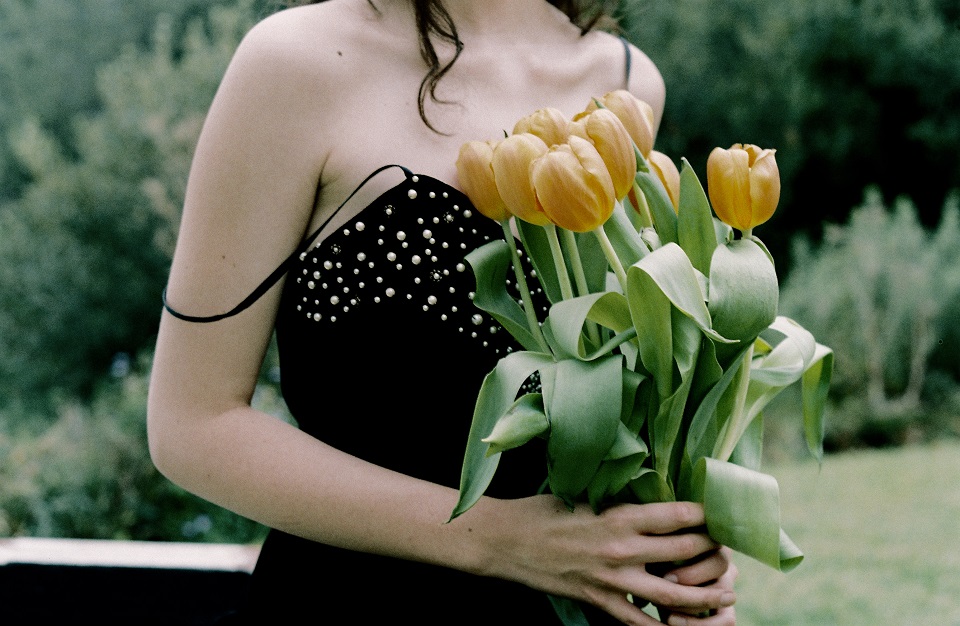
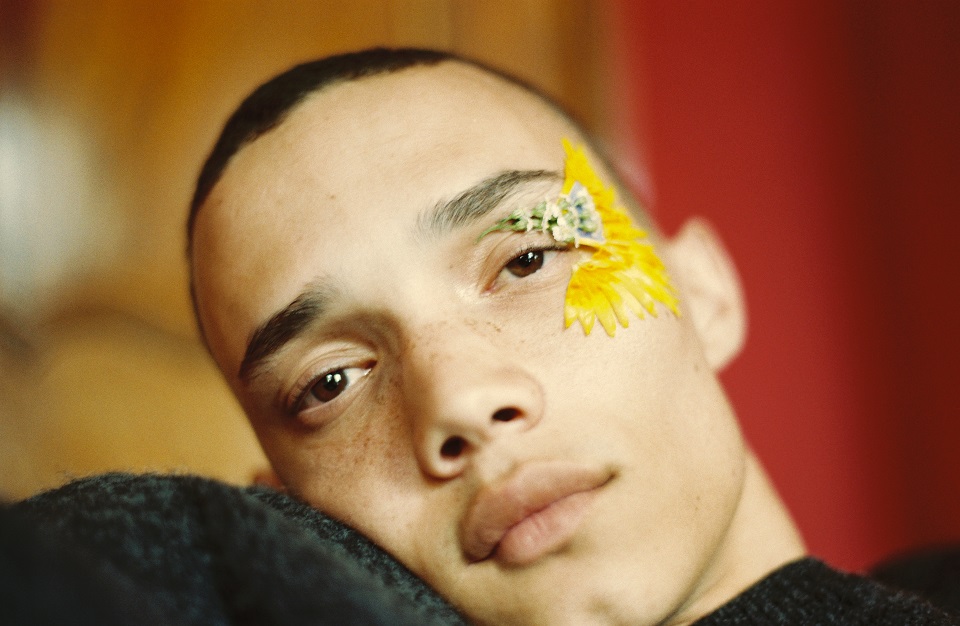
“As far as I can remember, art and expression was something I turned to when nothing else really made sense. There had to be more… a world in which the depth of my feelings could find home in. Film photography was the first way I could physically get to that world, by training my eye and entering the world of analogue light capturing.”
Katya was drawn to 35mm film as she feels that digital photography never pushed her to refine her eye or enable her to capture images in a way that was different from the norm. “35mm film has a truthfulness to it. The beautiful thing about film is that it is both irreplaceable and unpredictable. That combination starts becoming ‘art’ to me.”
Her first camera was an age-old, Russian Zenit received as a gift from a friend. The light meter was broken and Abedian tells me that it aided her in training her eye from the beginning of her photographic experimentation. She would later discover that the Zenit was a film prop and was not meant to be in working condition.
Abedian reflects on her early work and says that she still remembers her excitement when her parents came home with her printed stills. “I think that feeling nurtured my love of analogue film photography as apposed to digital work.”
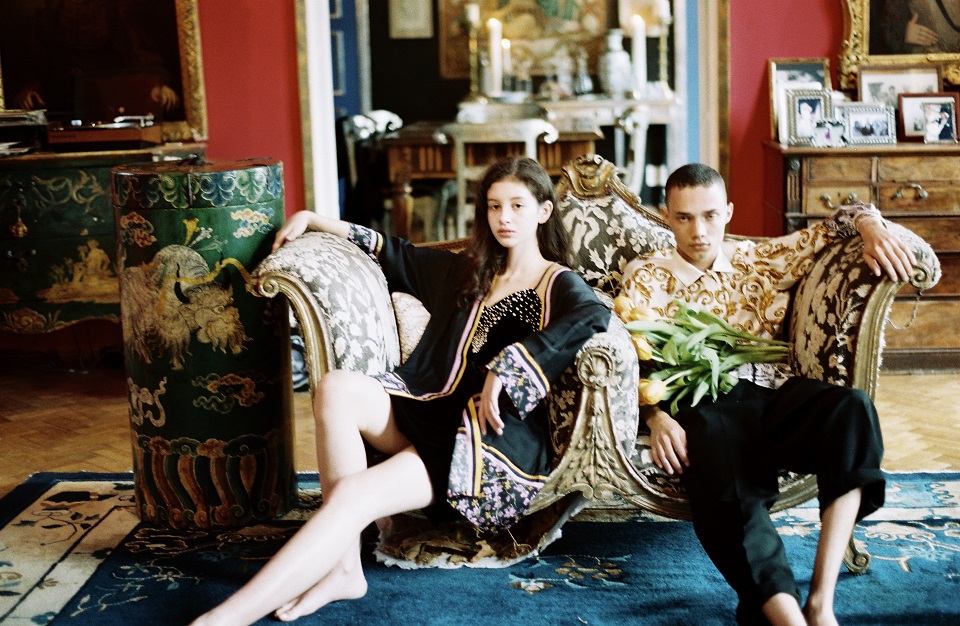
Her excitement by colors and how they act together comes through in her photographs. She switches between working in soft pastels to shooting very saturated colors, and brings in black and white sporadically. “I’m not prescriptive and I definitely try not to limit or control the channel of creativity when it comes to a story I am shooting. If it captures my heart then I will shoot it just like that.”
Abedian styles her own shoots and photographs either friends, people that she finds genuinely interesting or people that she can relate to on a human or artistic level. She locates her shoots in spaces that enrich her stories and identifies as a sentimentalist. This is evident in her photographic style.
“Artwork, of any form, has the power to start a conversation… to connect with the facets of the human condition that we have in common: our hearts, emotions, experiences. I can only hope that my work acts as a catalyst for progress because that is always my intention… whether that is explicit or understood is secondary.”
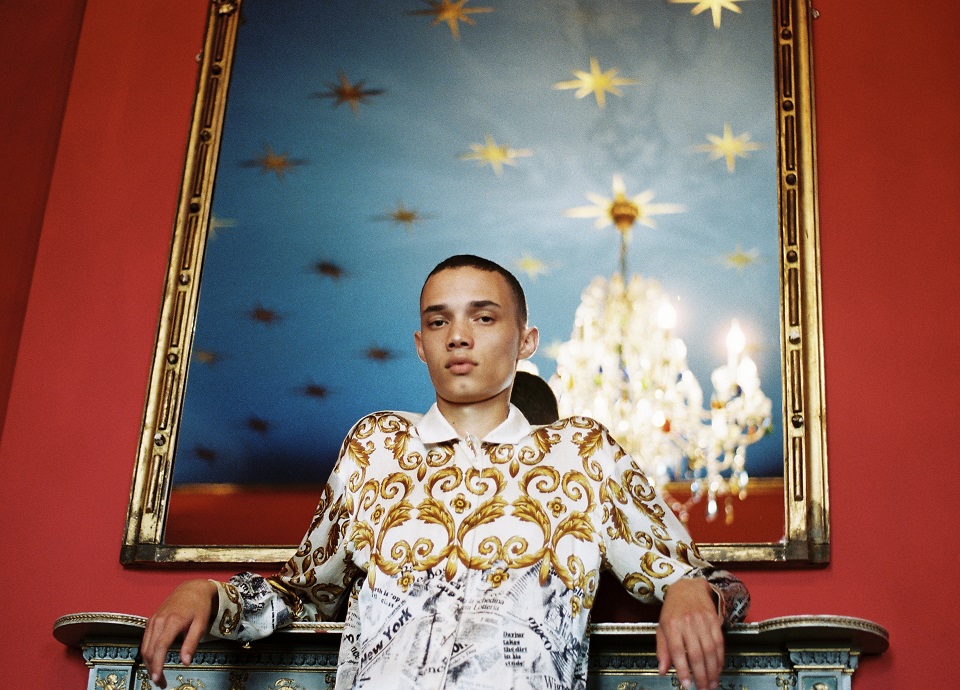
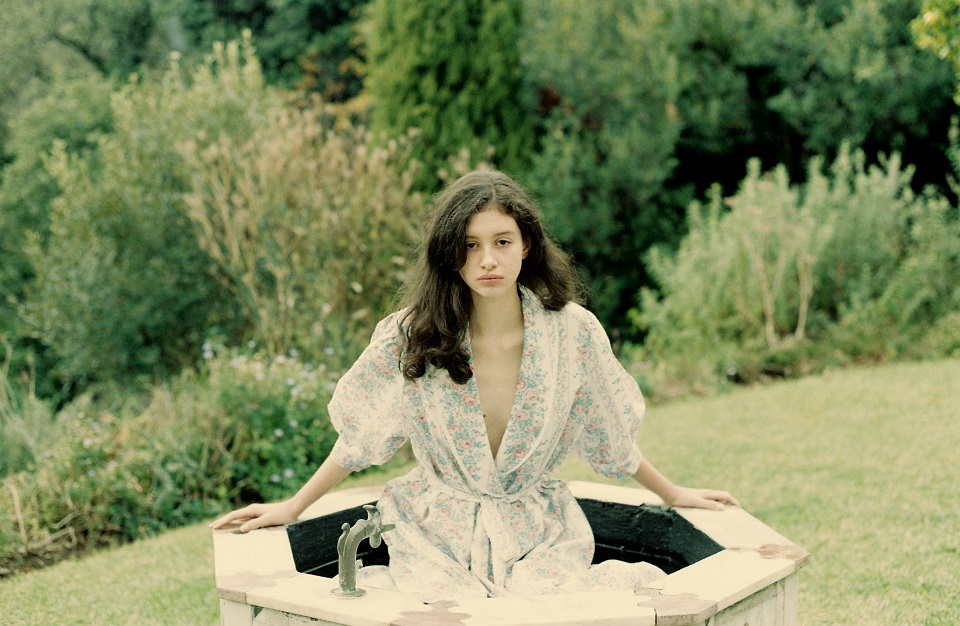
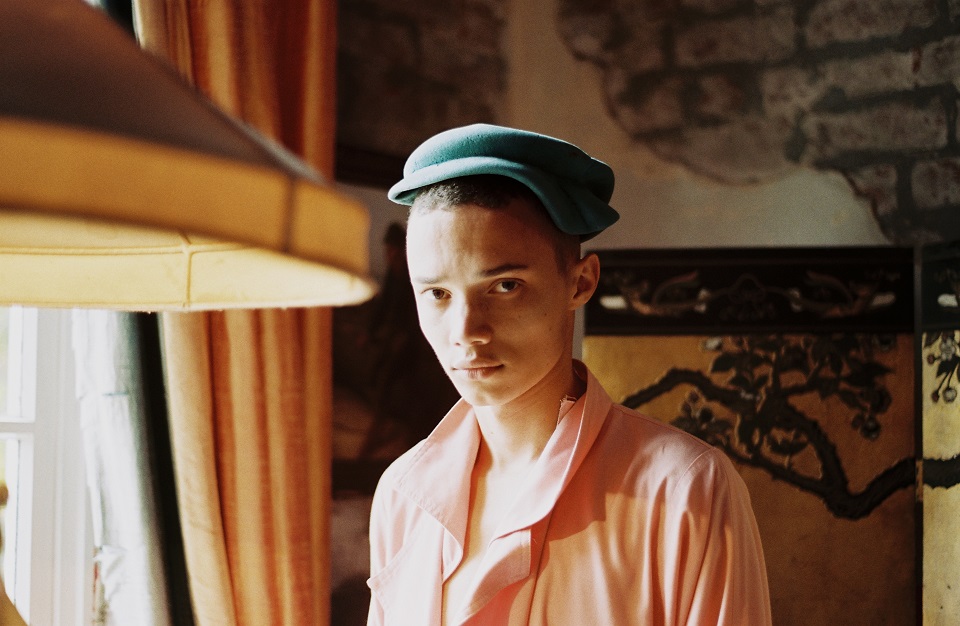
Assistant: Ruby Glass
Facial Art: Jessica Grammer



















































